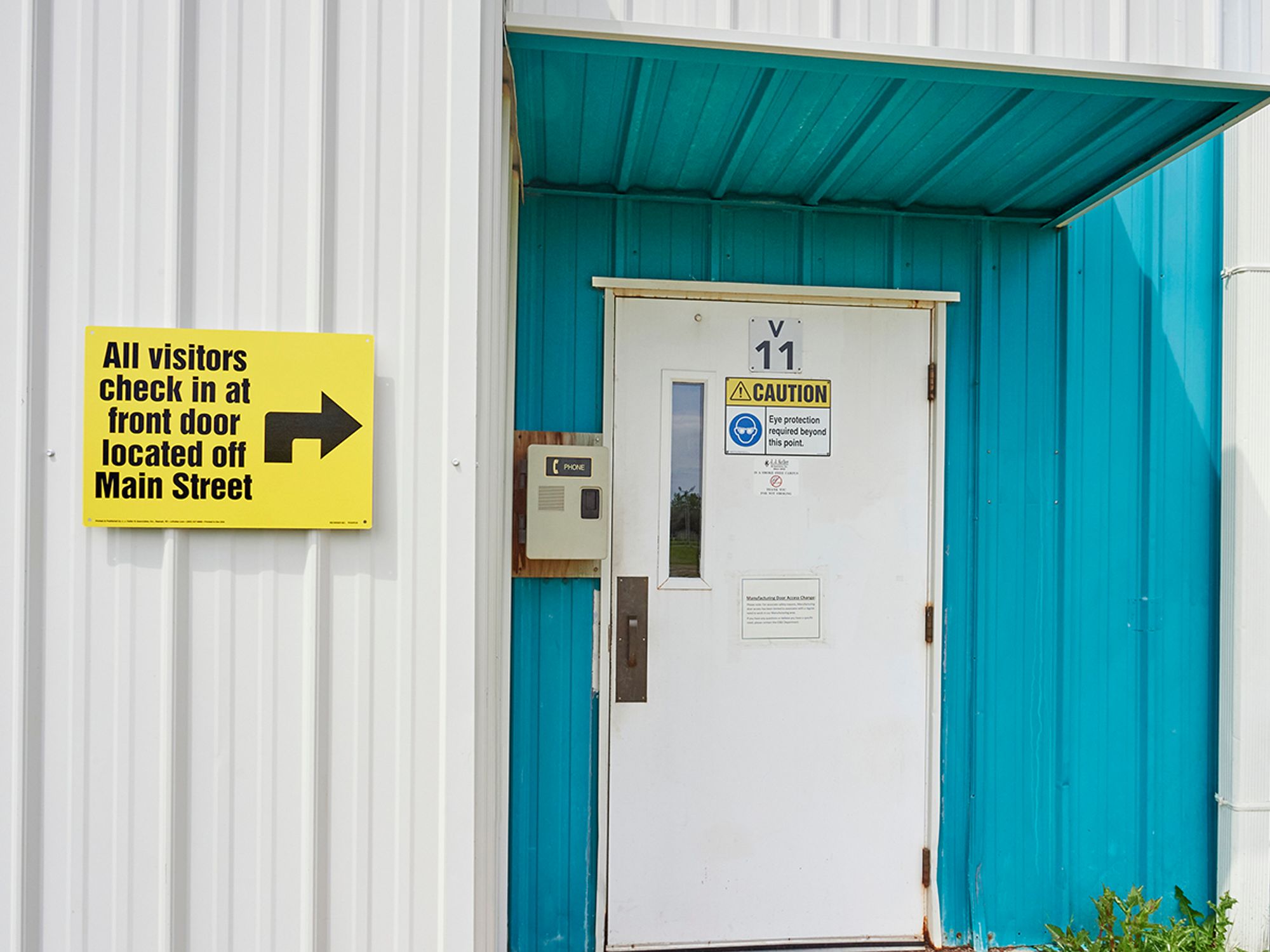Visitors, vendors, and suppliers

- Companies should restrict visiting and have procedures for visitors to follow to help keep facilities safe.
Any visitor, vendor, supplier, contractor, or other person who temporarily enters a facility could be a security risk. Though controlling exactly who can enter the facility may be a daunting task, steps can be taken to help reduce risk. The employer is also accountable for these visitors in an emergency. Employers should know who is in their buildings and where to find them should an emergency arise.
Restrict visiting
First, no matter the size of the operation, businesses should develop and enforce a restricted visiting policy. Visitors and other non-employees should only be allowed to enter the facility when necessary, and all visitors should be required to register at a designated visitor entrance before being allowed to move about the facility.
Though employees may think such a policy is an undue restriction, the management of the organization should instruct all employees on its importance to them and the company’s overall safety and security.
Procedures for visitors
Consider taking the following steps, depending on the level of security required, before allowing a visitor to proceed into a facility:
- Screen visitors on arrival to the property. This is the first and usually only line of defense before a visitor gets inside a building. Have employees use vehicle stickers for easy identification and require visitors to sign in at a checkpoint and proceed to a visitor parking space. If theft is a problem or concern, conduct random, periodic inspections of vehicles as they leave.
- Make sure all visitors register with a designated receptionist and/or security guard. These employees who first have contact with visitors are the next line of defense. Depending on the level of security needed, employees should question all visitors, be trained in security and emergency procedures, know how to identify fake IDs, and report any suspicious activity.
- Require all visitors to present a photo ID. Make sure the photo matches the face, and that the ID doesn’t appear to be falsified. Require employees to wear photo ID badges that are easily distinguished from visitor badges.
- Keep a written log that includes:
- The name of each visitor and who the visitor represents,
- The visitor’s arrival and departure times,
- Who approved the visitor’s entry, and
- Who the visitor came to see or the purpose of the visit.
- Provide all visitors with temporary ID badges and require them to be worn in a visible location throughout the visit.
- Do not allow visitors to wander off alone. Visitors should be met at the entrance location by the employee the visitor has come to visit, or they should be escorted to the planned destination.
- If the company is at high risk for security problems (a hazardous materials hauler, for example), consider searching all bags and packages that enter the facility.
- If outside maintenance or construction personnel will be working at the facility, the company should screen and register these workers each day and require them to wear ID badges at all times while on company property.
Despite the best efforts at keeping unauthorized people out, a company can never afford to let its guard down on the inside. Train all employees to take notice of and report suspicious activities and people. For example, employees should be wary of people who are:
- Trying to access restricted, sensitive areas or materials, such as classified documents, computers, locked areas, hazardous materials, etc.;
- Carrying a weapon without authorization;
- Carrying a piece of company equipment, whether concealed or not;
- Behaving in a strange manner; and/or
- Making unusual requests or demands.
Pay particular attention to custodial/janitorial personnel and repair workers. People in these positions may be the least-well-screened personnel at the facility, but may have the most access and tend to generate little suspicion. If possible, develop a rigid screening process for such persons. If custodial/janitorial personnel and repair workers are not permanent employees of the company, they should be treated like other visitors and be escorted and observed.
Once visitors and other outside personnel leave, make sure ID badges are returned and indicate on the record that the individuals have left the facility.
